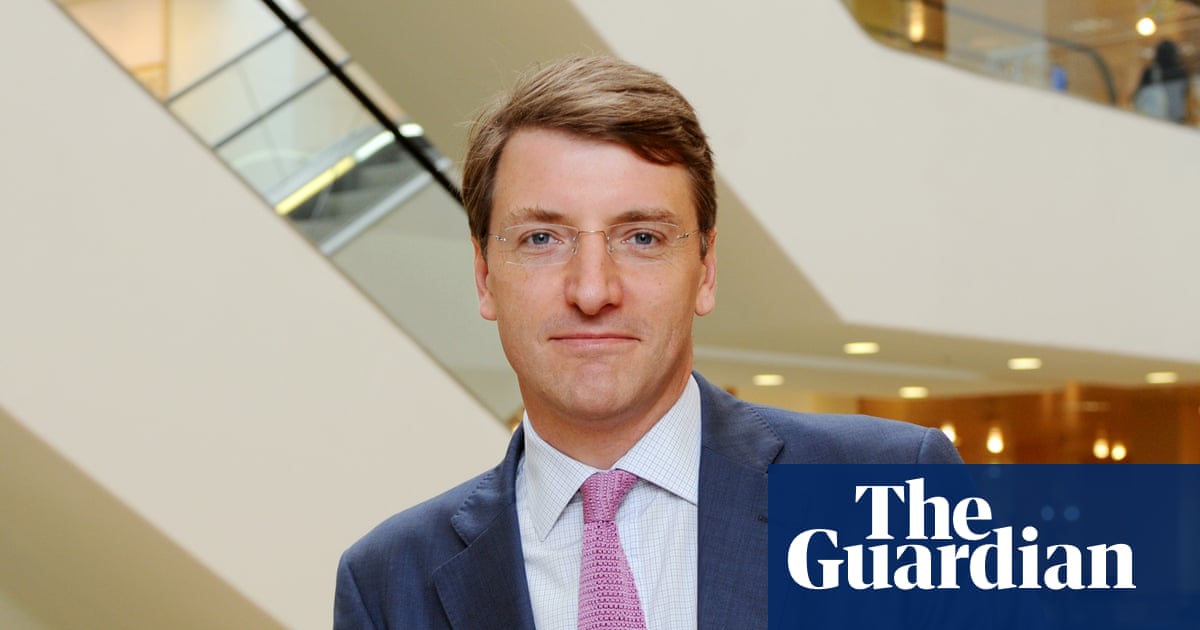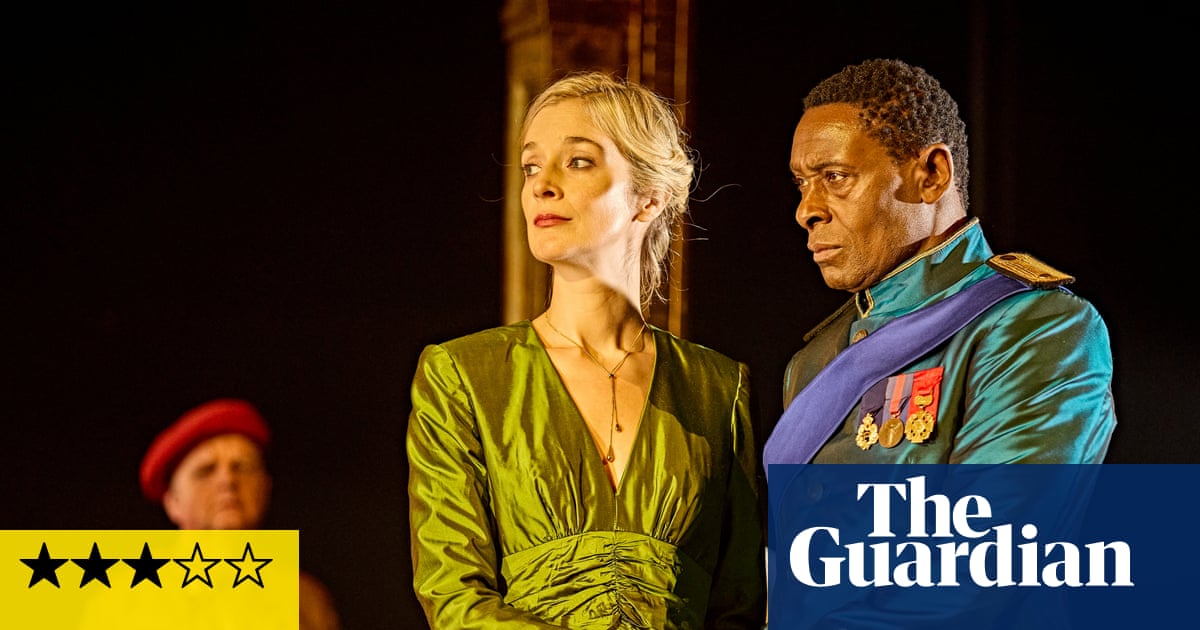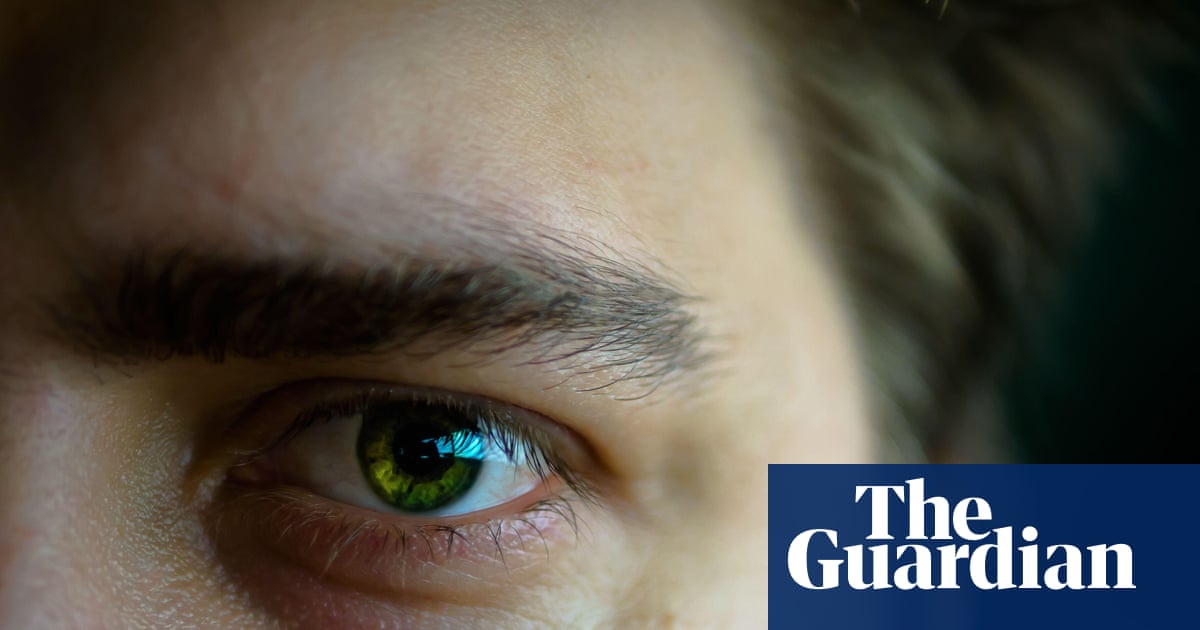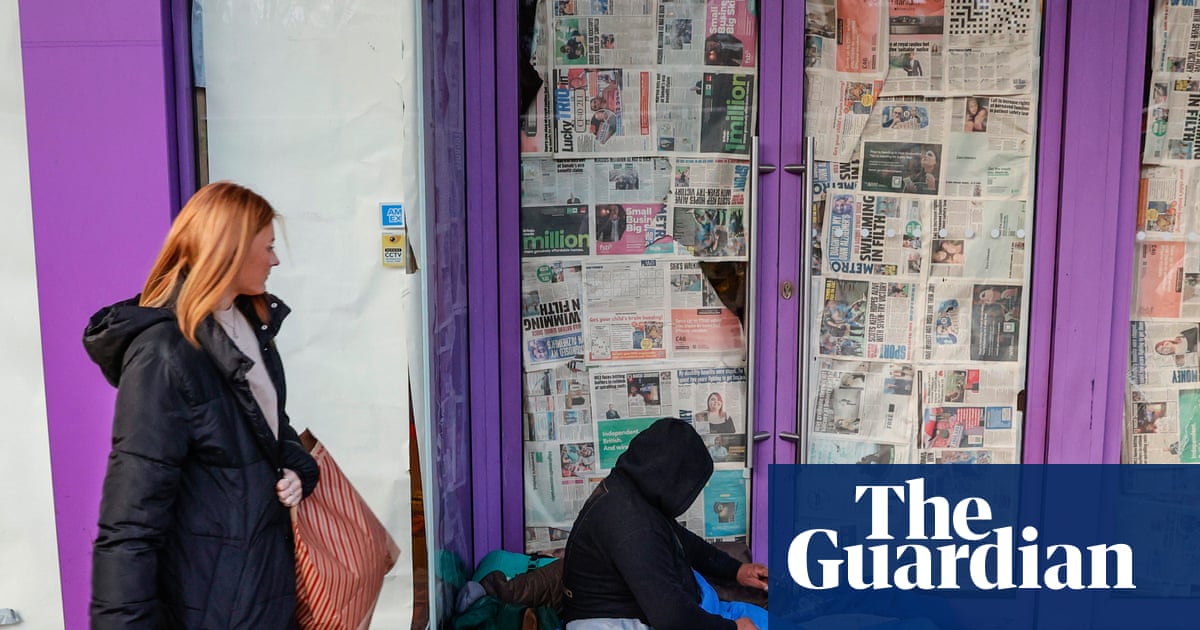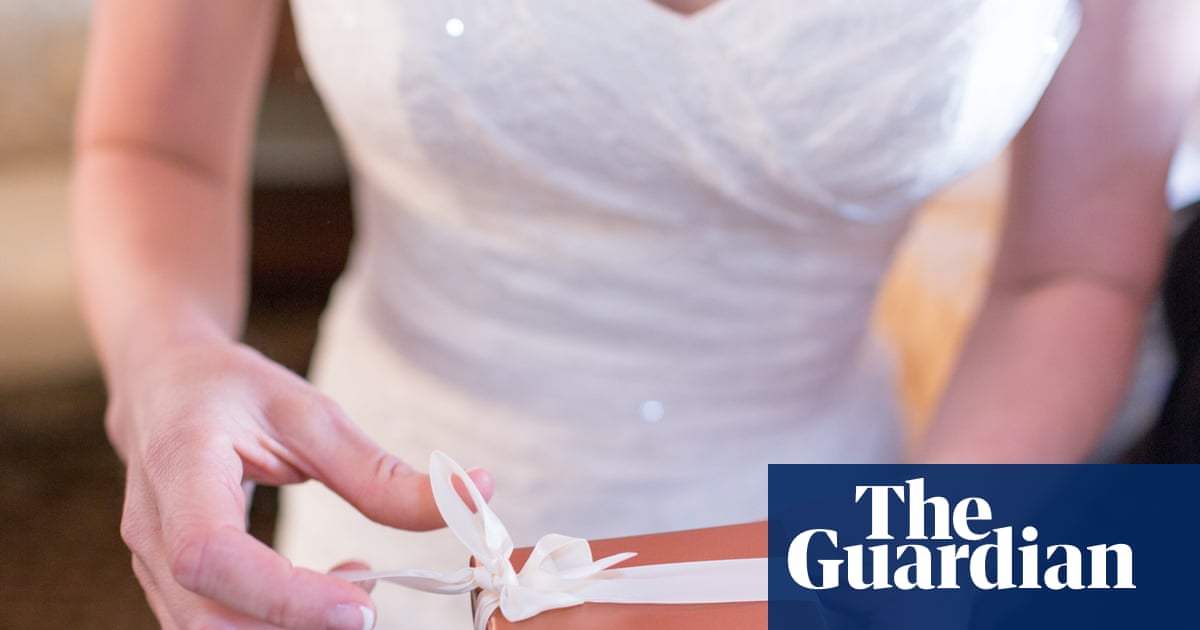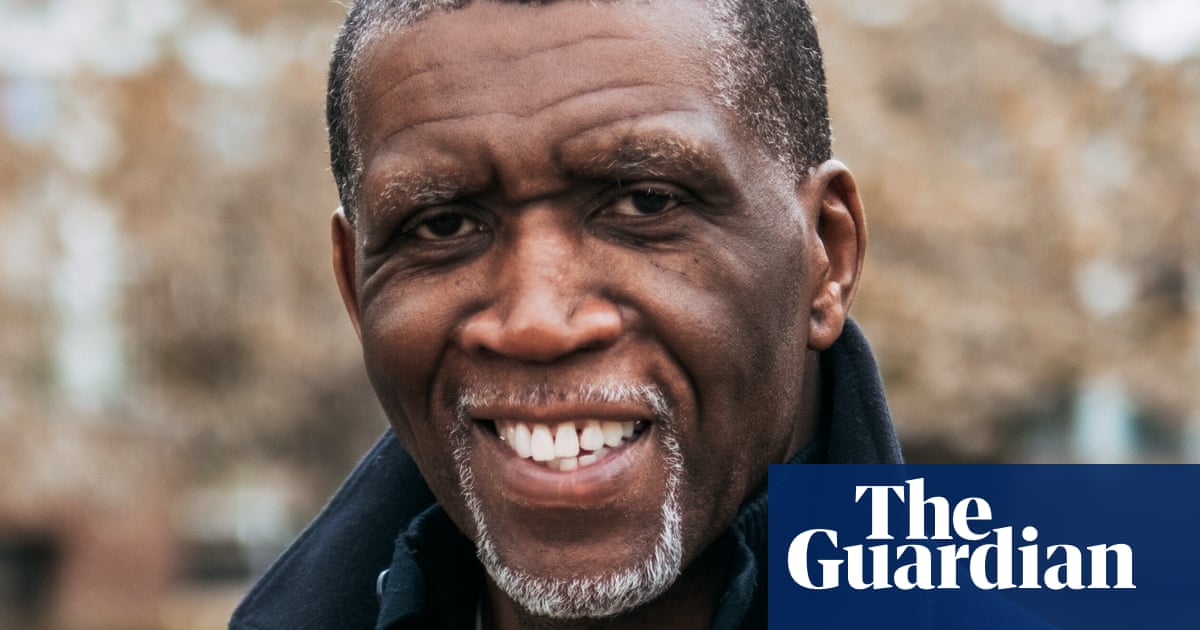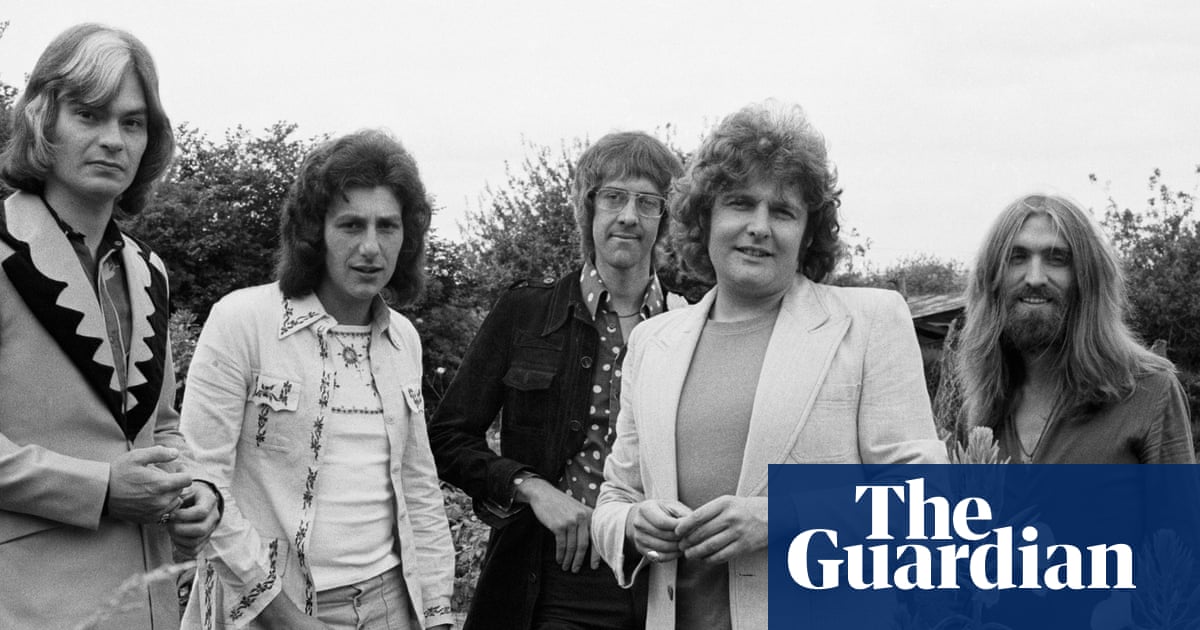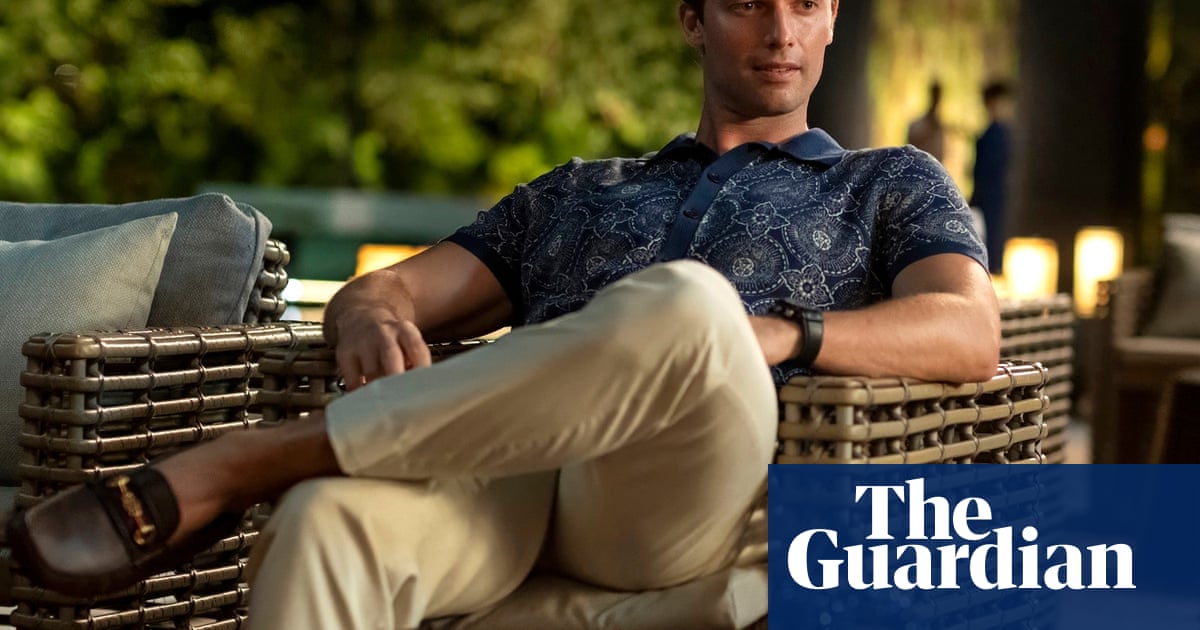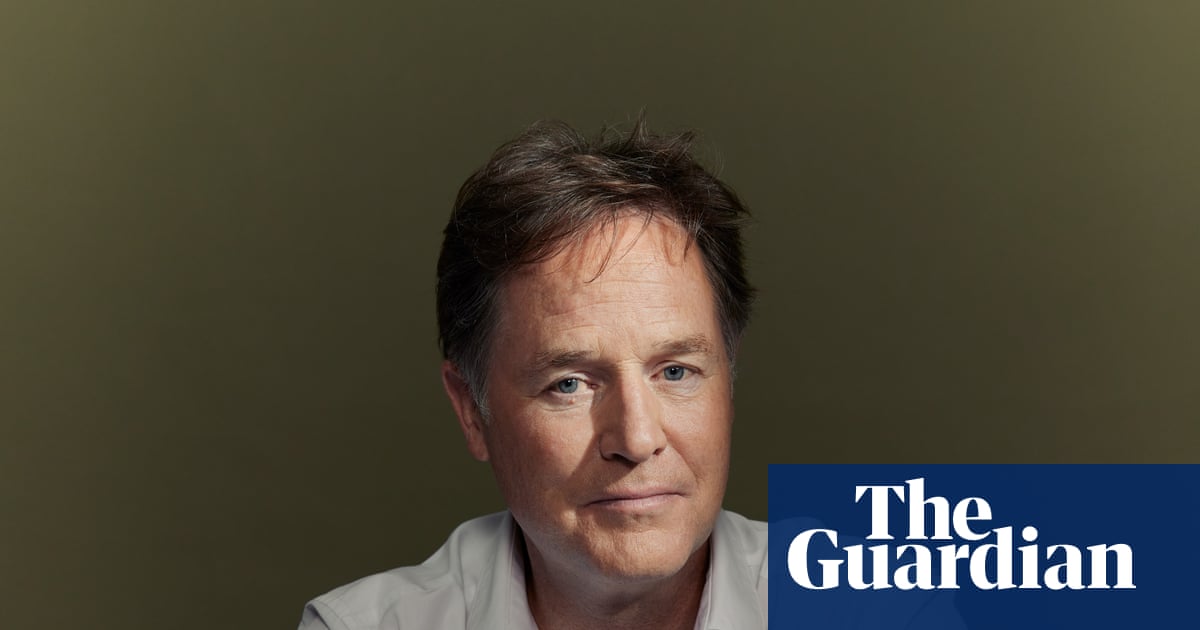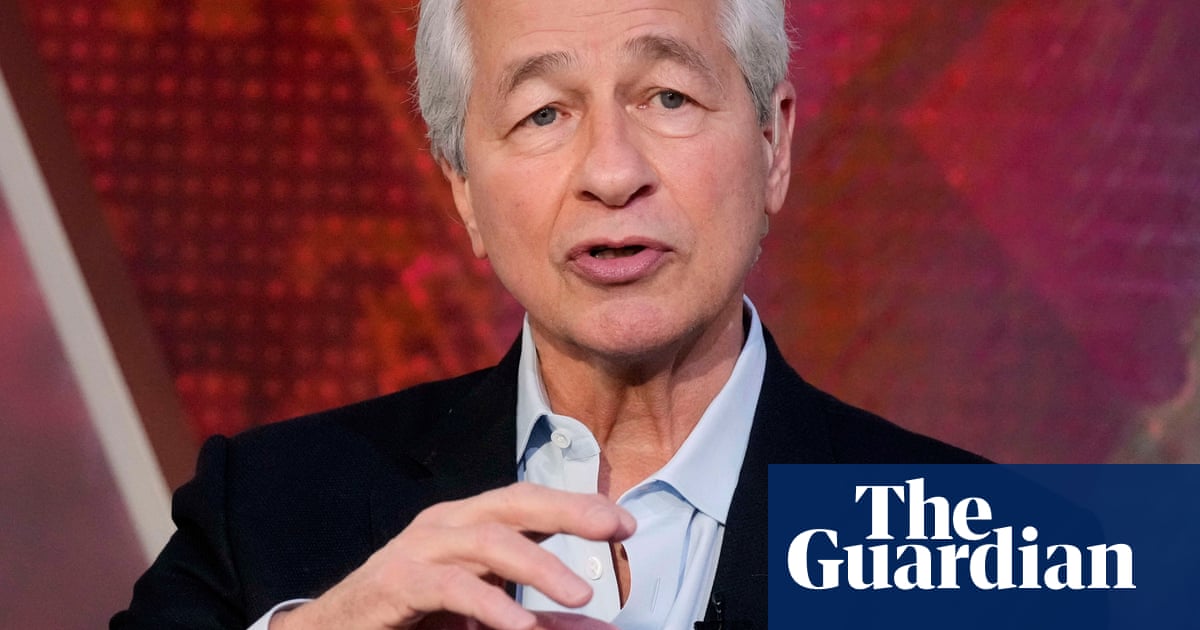When Gus Casely-Hayford was a child, his sister Margaret took him to the British Museum. He hadn’t always enjoyed museums: “As much as I was attracted to them, they weren’t places I felt wholly welcome in,” he says – especially since they rarely told the stories of Black British people like him. But Margaret was determined. “She told me that these spaces belong to all of us. They may not tell our stories, but she would say to me ‘That’s something that you can change.’”
Now, as the director of V&A East, he’s building a space in which “young people can come in and have those transformative moments that change the trajectory of their lives”. These are grand ambitions for the project which lives on two sites in London’s Olympic Park: V&A Storehouse, which opened in May this year and has already exceeded its visitor target in a third of the projected time, and V&A East Museum, an exhibition and gallery space housed within a five-storey building designed by Irish architects O’Donnell & Tuomey on Stratford Waterfront. The aim, says V&A director Tristram Hunt, is “to open the V&A’s collection up in new ways to audiences which have historically been underserved by major cultural institutions”.
After years of delay, which Casely-Hayford attributes to “the pandemic … issues with labour supply” and the enormous challenge of launching “two buildings of this level of complexity”, the museum site will finally open its doors to the public on 18 April next year. It’s a key part of East Bank, the mayor of London’s £1.1bn cultural and education quarter designed to transform the former Olympic boroughs, what Hunt calls “a crucial component of the London 2012 legacy”. V&A East sits alongside Sadler’s Wells East, London College of Fashion, UCL East and BBC Music Studios. What slice of the pie did the V&A get from the Department for Digital, Culture, Media and Sport? A “very generous” one, Casely-Hayford replies.
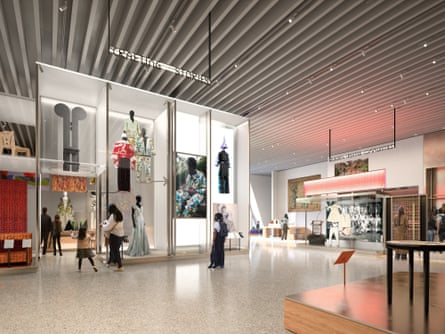
The director is charming and cheerful, but it’s his passion for the arts which leaves the greatest impression when I meet him at the V&A Storehouse, surrounded by a collage of references from football shirts to bikes and vases left by local school students. His mission for V&A East was to make it a welcoming and inspiring place for any young, creatively minded person who might not yet be ready to absorb the South Kensington V&A, the institution’s mothership, but who has grown out of Young V&A, aimed at children under 14. Casely-Hayford says that east London was the perfect home: as well as the capital’s traditional manufacturing and designing base, “it has given us some of the truly great creative figures – Alexander McQueen, David Bailey”. Casely-Hayford says that he is determined to find “equivalent figures” within younger generations and have V&A East as their point of access to the arts. “You see lots of young people who are full of that creative passion, but they don’t necessarily feel at home in museums.”
To address this, over the course of the past five years, he has personally visited every single secondary school in the four boroughs surrounding the site, while the broader project has consulted about 30,000 young people, influencing every aspect of the institution, from the permanent collection to the staff uniform (a burgundy waistcoat with a cinched back that can be customised to allow for self-expression). The staffing of the project also reflects the demographic complexity of the area. “We’ve worked really hard to embed V&A East in local communities,” Casely-Hayford says. “This is a space that belongs to them. These are collections which belong to all of us. Hearing them reflect back the passion, the aspirations, the objectives, in terms that are theirs is deeply heartening.”
So what will be on show? Hunt says that “we have radically reinterpreted the V&A’s world-class collections through a contemporary lens, allowing us to explore topics that matter to our audiences, such as representation, identity, wellbeing, craft practice and social justice.” V&A East Museum’s permanent collection is called Why We Make. “Before we walk or talk,” Casely-Hayford says, “we make. It’s an impulse that is shared by every culture and across the span of human history.”
The collection is composed of about 500 objects from more than 200 practitioners across more than 60 nations. One is a piece by Bisila Noah, an Ecuadorian Guinea Spanish ceramicist, which Casely-Hayford describes as “absolutely exquisite”. There will also be a pink dress by local designer Molly Goddard, and textiles from the postwar Trinidadian designer Althea McNish, “objects that tell the story of human creativity through all the different mediums that the V&A is known for.” V&A East will, Casely-Hayford says, be unapologetically diverse. “Those different components of intellectual DNA inform all national museums. The idea that we shouldn’t be engaging in trying to make our audiences as broad, as diverse, as universal as possible, seems to be counter to that.”
There will also be temporary exhibitions, the first called The Music Is Black, an odyssey through 125 years of Black British music history, exploring genres from calypso and hip-hop to reggae and drill. Casely-Hayford won’t go into details about what the exhibition contains, but Seal, Shirley Bassey, Stormzy and Little Simz will all feature in some way, along with the first guitar owned by Joan Armatrading, a “personal hero” of the director.
As optimistic as this all sounds, how will Casely-Hayford handle the bigger issues facing museums? He has been a leading voice in the return of looted artefacts, an issue the V&A is confronting. “I’m very proud that the V&A is among a number of museums who have returned objects, particularly the programme we’ve been involved in with Ghana,” he says. “We’re limited by statute in the ways we can engage with these collections, so they are returned on loan, and are on display in the Manhyia Palace Museum at this very moment.”
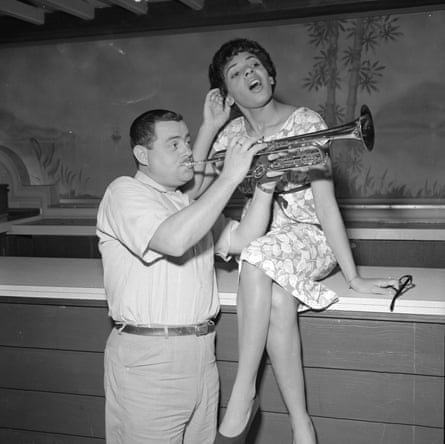
On the issue of ethical funding (since, like many museums, V&A East will use corporate sponsorship to help pay for some temporary exhibitions) he’s less specific. Some museum representatives have dismissed objections to museums taking money from companies which pollute the environment or worse as “relentless negativity”. “Ethical funding is something that concerns everyone who works in museums,” Casely-Hayford says. “And of course, we would want to be deeply scrupulous about any institution, company or partner that we engage with.”
He’s a scion of the Casely-Hayford dynasty, a prominent Ghanaian-British family descended from JE Casely-Hayford, a 19th-century politician and writer who was an advocate of pan-African nationalism. His Ghanaian father, Victor, was a trained lawyer who worked as an accountant, and his Sierra Leonean mother, Ransolina, worked for the British Council. Both were immigrants to Britain.
His elder siblings were all high achievers – his sister Margaret was chancellor of Coventry University, and brother Peter an executive producer of BBC’s Panorama. Another brother Joe, who died of cancer in 2019 aged 62, was a pioneering fashion designer, and the focal point of Somerset House’s 2023 exhibition on Black fashion, The Missing Thread. Casely-Hayford becomes emotional when talking about him. “I absolutely adored him, he was my inspiration,” he says. “The other day I was looking at my bookshelves. I have a range of very old art books and when I opened them up, every single one was a present from him.”

Casely-Hayford has had a long and varied career, presenting the BBC series Lost Kingdoms of Africa, authoring books on West African art and, before joining V&A East, working as director of the Smithsonian’s National Museum of African Art in Washington DC (he says that it “breaks my heart” to see the Trumpian persecution of his former colleagues’ work). His first start in the museum sector came after he completed his PhD in African history from SOAS University of London and joined the learning department of the British Museum, the same space in which Margaret told him of the possibility of change.
While there he staged Africa 05, the largest African arts season ever hosted in Britain, which engaged 150 cultural institutions to “contribute towards a particular moment in 2005 when we celebrated Africa and its history”. This extravaganza also served as a disruption to the sector. “Museums, by their very nature, are conservative,” Casely-Hayford says. “They don’t just hold the past. But many people within museums reify aspects of it.” What did he learn from pulling off this feat? “That you can make the changes that seem to be impossible.”
He describes V&A East as the greatest project of his career, in fulfilling his aim to make these institutions which were founded “for all of us” universally accessible. “These are spaces that tell our stories through the best things that humanity has ever created,” he says. “The arts are about us making a mark that we hope will outlast us. And one of the few ways in which we can really know what other people are feeling, rather than thinking alone, is through creativity. Museums are repositories of the finest of those impulses.”

.png) 2 hours ago
2
2 hours ago
2






